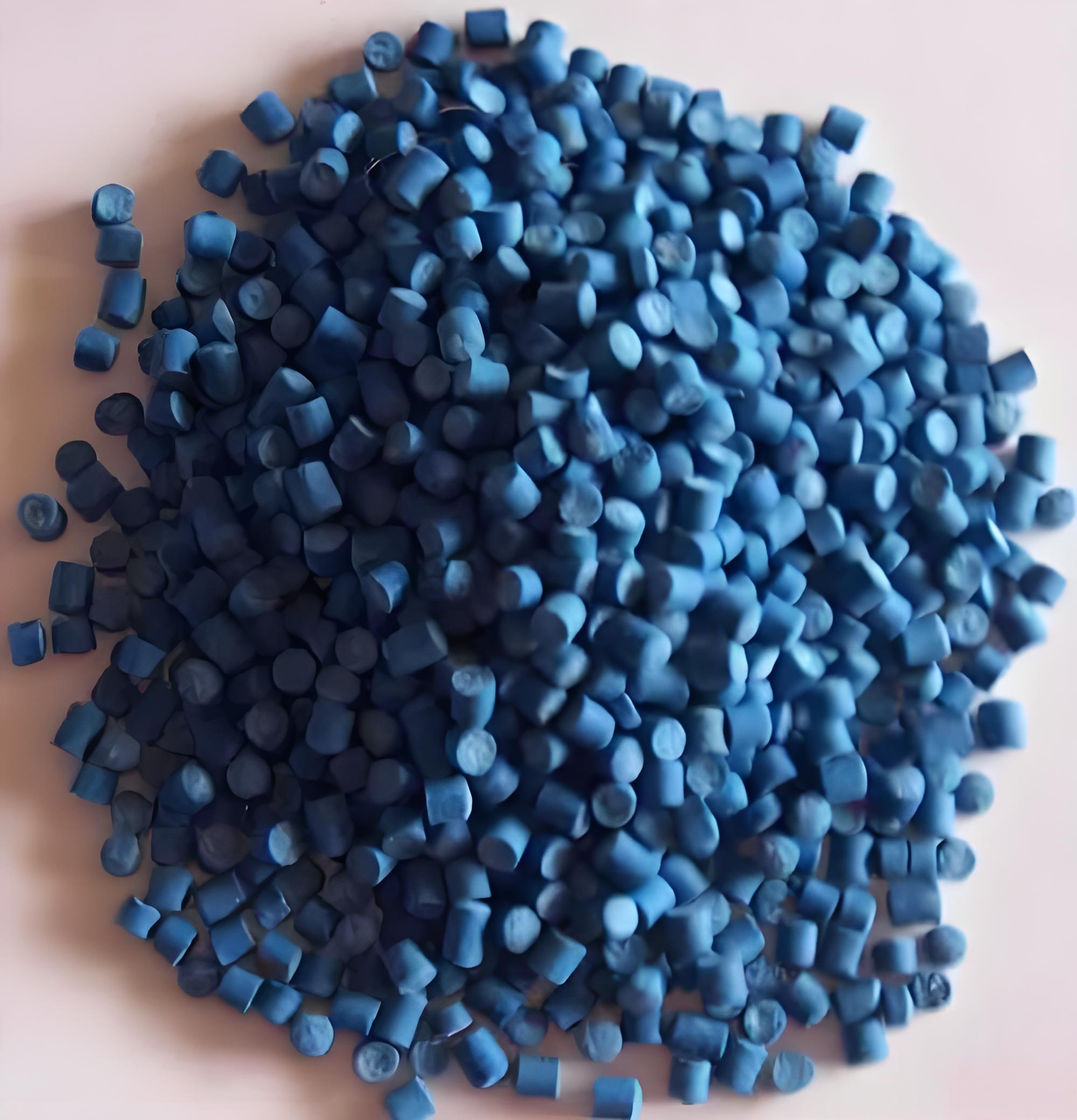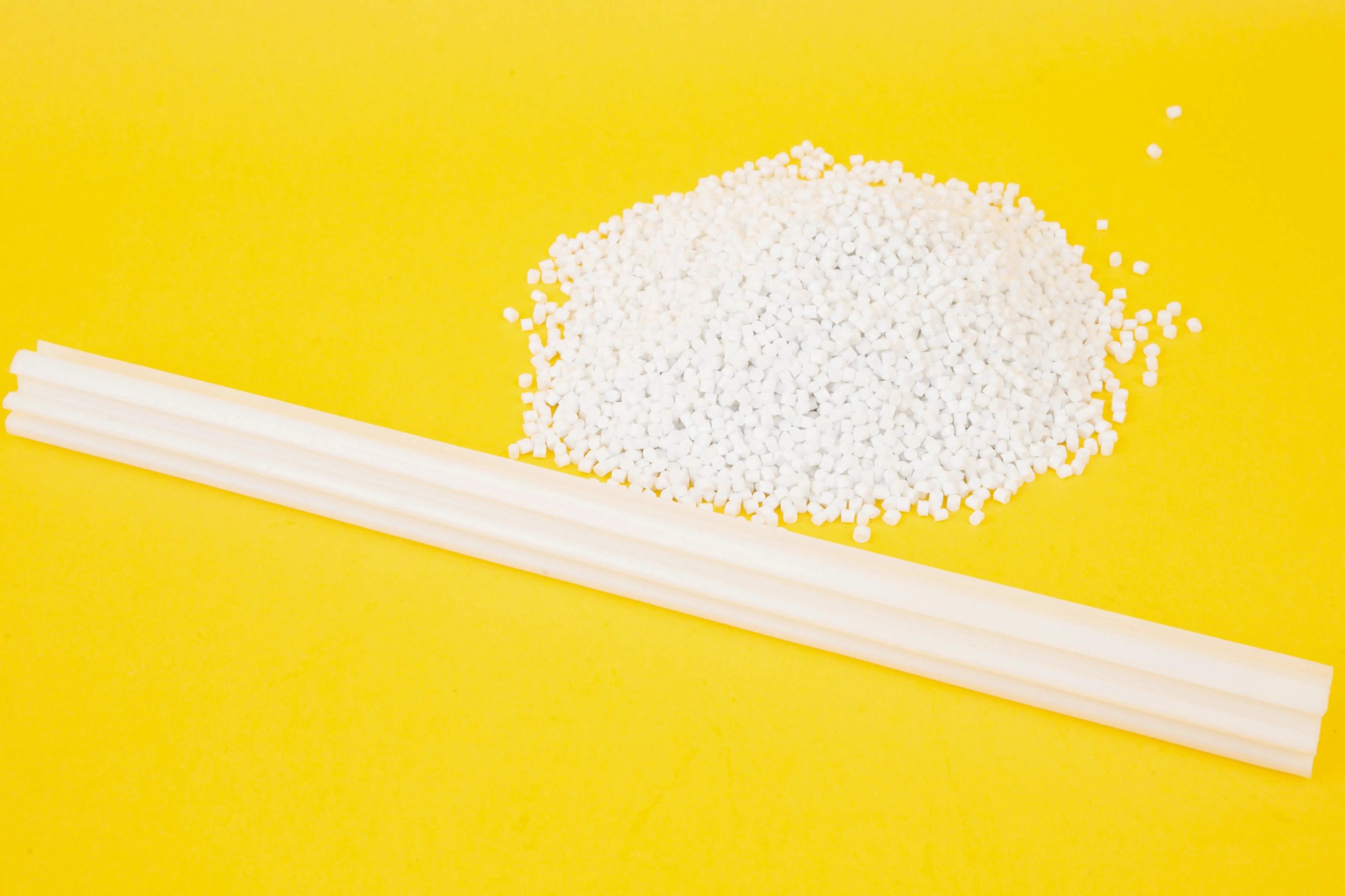As someone who’s been in the polymer industry for over a decade, I’ve worked with countless materials, and thermoplastic elastomers (TPEs) have always fascinated me. Their versatility, flexibility, and ability to mimic rubber while being recyclable make them a go-to choice in manufacturing, from medical devices to automotive parts. But one question I often hear, whether from colleagues, clients, or curious engineers, is whether TPE materials of different hardnesses can be fused or bonded together effectively. It’s a practical concern, especially when designing multi-material components or products that need both soft and hard TPE regions. Let’s dive into this topic with a fresh perspective, exploring the science, challenges, and solutions to help you understand what’s possible.

Understanding TPE and Its Unique Properties
Before we get into bonding, let me share a quick refresher on what makes TPE special. TPEs are a class of polymers that combine the elasticity of rubber with the processability of thermoplastics. Unlike traditional thermoset rubbers, TPEs can be melted, molded, and reused, which is a game-changer for manufacturers. They come in a range of hardnesses, measured in Shore scales (like Shore A or Shore D), from super soft (think gel-like, Shore 10A) to rigid (Shore 60D or higher).
The ability to tailor TPE hardness makes it ideal for applications requiring varied textures or functionalities in a single product—think of a toothbrush with a soft grip and a firmer base. But here’s the catch: when you want to combine TPEs of different hardnesses, whether in a single molded part or as separate components, bonding them seamlessly isn’t always straightforward. So, can they fuse? The short answer is yes, but it depends on several factors, including material composition, bonding method, and the specific application.
The Science Behind TPE Bonding
To understand if TPEs of different hardnesses can bond, we need to look at their chemistry. TPEs are typically copolymers or blends, with common types including styrenic block copolymers (SBCs), thermoplastic polyurethanes (TPUs), thermoplastic polyolefins (TPOs), and thermoplastic vulcanizates (TPVs). The hardness of a TPE is often adjusted by tweaking the ratio of hard and soft segments in the polymer or by adding fillers and plasticizers.
When bonding TPEs of different hardnesses, the key is material compatibility. If two TPEs have similar chemical structures (e.g., both are SBS-based), they’re more likely to fuse well because their molecular chains can intermingle when heated or processed. However, if the TPEs are from different families (say, a TPU and a TPO), bonding becomes trickier due to differences in polarity, melting points, or solubility.
In my experience, I’ve seen projects where clients wanted to combine a soft TPE (Shore 30A) for a comfortable grip with a harder TPE (Shore 80A) for structural support. The success of bonding these materials often hinges on how they’re processed and whether the right techniques are used.
Bonding Methods for TPEs of Different Hardnesses
Over the years, I’ve worked with various bonding techniques, and I’ve learned that the method you choose can make or break the project. Below, I’ll walk you through the most common approaches to bonding TPEs of different hardnesses, along with their pros and cons.
1. Overmolding
Overmolding is my go-to method when a client needs a single part with both soft and hard TPE regions, like a tool handle or a medical device grip. In this process, one TPE is molded over another in a two-shot or insert molding setup. The first TPE (usually the harder one) is molded, and then the softer TPE is injected over it, creating a strong bond as the materials fuse at the interface.
Why it works: The heat and pressure during molding allow the polymer chains of the two TPEs to entangle, especially if they’re chemically compatible. For example, I once worked on a project for a consumer electronics case where we overmolded a Shore 40A TPE onto a Shore 90A TPE base. The result was a seamless, durable bond that held up under stress tests.
Challenges: Overmolding requires precise control of temperature and pressure. If the melting points of the two TPEs are too far apart, the softer material might degrade or fail to bond properly. Compatibility is also critical—mixing a TPU with a TPO often leads to weak adhesion unless you use a compatibilizer or primer.

2. Adhesive Bonding
Sometimes, overmolding isn’t feasible, especially if you’re working with pre-molded parts. In these cases, adhesives can be a lifesaver. There are specialized adhesives designed for TPEs, such as cyanoacrylates, polyurethanes, or silicone-based options. I’ve used these in projects where we needed to bond TPE components after molding, like in wearable devices.
Why it works: Adhesives can bridge the gap between TPEs with different compositions or hardnesses. Surface preparation, like cleaning or priming, enhances adhesion by increasing surface energy.
Challenges: Adhesive bonding can be less reliable than overmolding, especially in high-stress applications. It also adds an extra step to production, which can increase costs. I recall a project where we struggled with adhesive failure under repeated flexing—switching to a different adhesive formulation solved the issue, but it took some trial and error.
3. Welding Techniques
Welding, such as ultrasonic or heat welding, is another option for bonding TPEs. Ultrasonic welding uses high-frequency vibrations to generate heat at the interface, fusing the materials together. Heat welding, on the other hand, applies direct heat to melt and join the surfaces.
Why it works: Welding can create strong bonds, especially for TPEs with similar melting points. I’ve seen it used successfully in automotive seals, where a soft TPE lip was welded to a harder TPE frame.
Challenges: Welding requires precise equipment and setup. If the TPEs have significantly different hardnesses, their melting behaviors may not align, leading to weak bonds or material degradation.
4. Mechanical Interlocking
When chemical or thermal bonding isn’t possible, mechanical interlocking can be a practical workaround. This involves designing parts with features like dovetails, undercuts, or textured surfaces that physically lock the TPEs together.
Why it works: Mechanical interlocking doesn’t rely on chemical compatibility, so it’s useful for very different TPEs. I once worked on a sports equipment grip where we used interlocking features to combine a soft TPE with a rigid one, avoiding adhesives entirely.
Challenges: This method requires careful design and can complicate molding. It’s also less seamless than overmolding or welding, as the bond relies on physical rather than molecular interaction.
Factors That Affect Bonding Success
From my years in the field, I’ve learned that bonding TPEs isn’t just about the method—it’s about understanding the variables that influence the outcome. Here’s a breakdown of the key factors:
|
Factor |
Description |
Impact on Bonding |
Tips for Success |
|---|---|---|---|
|
Material Compatibility |
Chemical similarity between TPEs (e.g., both SBS-based or TPU-based). |
Compatible TPEs bond better due to chain entanglement. |
Choose TPEs from the same family or use a compatibilizer. |
|
Hardness Difference |
The gap in Shore hardness between the two TPEs. |
Larger differences can lead to bonding issues due to mismatched properties. |
Test bonds with small hardness gaps first. |
|
Processing Conditions |
Temperature, pressure, and cooling rates during molding or welding. |
Incorrect settings can cause degradation or weak bonds. |
Optimize parameters for each TPE’s melting point. |
|
Surface Preparation |
Cleaning, priming, or texturing surfaces before bonding. |
Improves adhesion, especially for adhesives. |
Use plasma treatment or primers for tough cases. |
Practical Tips from My Experience
Having worked on numerous TPE projects, I’ve picked up a few tricks that can make or break your bonding efforts:
Test Compatibility Early: Before committing to a design, request samples from your TPE supplier and conduct small-scale bonding tests. I’ve saved clients thousands by catching compatibility issues early.
Consult Your Supplier: TPE manufacturers like Kraton, Teknor Apex, or BASF often provide detailed compatibility charts. I always reach out to them when planning a multi-hardness project.
Consider Additives: If bonding is weak, ask about compatibilizers or bonding agents that can bridge dissimilar TPEs. These can be game-changers.
Prototype Thoroughly: Don’t skip prototyping. I once had a client rush into production without testing, only to find that their soft TPE peeled off under stress. A quick prototype would’ve caught it.
Think About End Use: If the product will face high temperatures, moisture, or mechanical stress, choose a bonding method that can withstand those conditions.

Real-World Applications
To bring this to life, let me share a couple of examples from my career. In one project, we designed a medical syringe with a soft TPE plunger tip (Shore 20A) bonded to a harder TPE body (Shore 70A). We used overmolding with a TPU-based TPE for both components, ensuring compatibility. The result was a smooth, reliable bond that passed rigorous testing for medical use.
In another case, for an automotive door seal, we needed to bond a soft TPE (Shore 30A) to a rigid TPE frame (Shore 50D). Ultrasonic welding did the trick, but we had to fine-tune the frequency to avoid burning the softer material. These real-world challenges taught me the importance of tailoring the bonding method to the specific TPEs and application.
Limitations and When Bonding Might Not Work
As much as I love TPEs, they’re not magic. Bonding TPEs of different hardnesses can fail if:
The TPEs are too chemically dissimilar (e.g., a polar TPU and a non-polar TPO).
The hardness gap is too large, causing mismatched thermal or mechanical properties.
The processing conditions aren’t optimized, leading to degradation or poor adhesion.
The application involves extreme conditions (e.g., high heat or chemical exposure) that weaken the bond.
In these cases, you might need to rethink the design—perhaps using a single TPE with varying thicknesses or exploring mechanical interlocking instead.
Looking Ahead: Innovations in TPE Bonding
The polymer industry is always evolving, and I’m excited about new developments in TPE bonding. Researchers are exploring self-healing TPEs that can bond more easily due to dynamic molecular interactions. There’s also progress in hybrid TPEs that combine properties of different families, making bonding easier. Keeping an eye on these trends can give you an edge in designing cutting-edge products.
Wrapping Up
After years of working with TPEs, I can confidently say that bonding TPEs of different hardnesses is not only possible but can open up incredible design possibilities. Whether you’re using overmolding, adhesives, welding, or mechanical interlocking, the key is understanding your materials and choosing the right technique. By testing early, consulting suppliers, and optimizing your process, you can create durable, functional products that leverage the best of TPE’s versatility.
If you’re tackling a project involving TPE bonding, don’t hesitate to experiment and learn from the process. Every project is a chance to push the boundaries of what these amazing materials can do.
Related Questions and Answers
Q: Can I bond TPEs with very different hardnesses, like Shore 10A and Shore 60D?
A: It’s challenging but possible with the right method. Overmolding or adhesives work best, but ensure the TPEs are compatible. Test small batches first to confirm bond strength.
Q: What’s the best adhesive for bonding TPEs?
A: It depends on the TPE type, but cyanoacrylates or polyurethane-based adhesives are often effective. Always check with your supplier for recommendations and test adhesion under real-world conditions.
Q: Does bonding TPEs affect their recyclability?
A: If the TPEs are compatible and bonded without adhesives (e.g., via overmolding), they can often be recycled together. Adhesives or dissimilar TPEs may complicate recycling, so check with your recycling partner.
Q: Can I bond TPE to other materials, like PP or ABS?
A: Yes, TPEs can bond to substrates like polypropylene (PP) or ABS, especially through overmolding. Compatibility is key, so choose TPE grades designed for adhesion to specific substrates.





